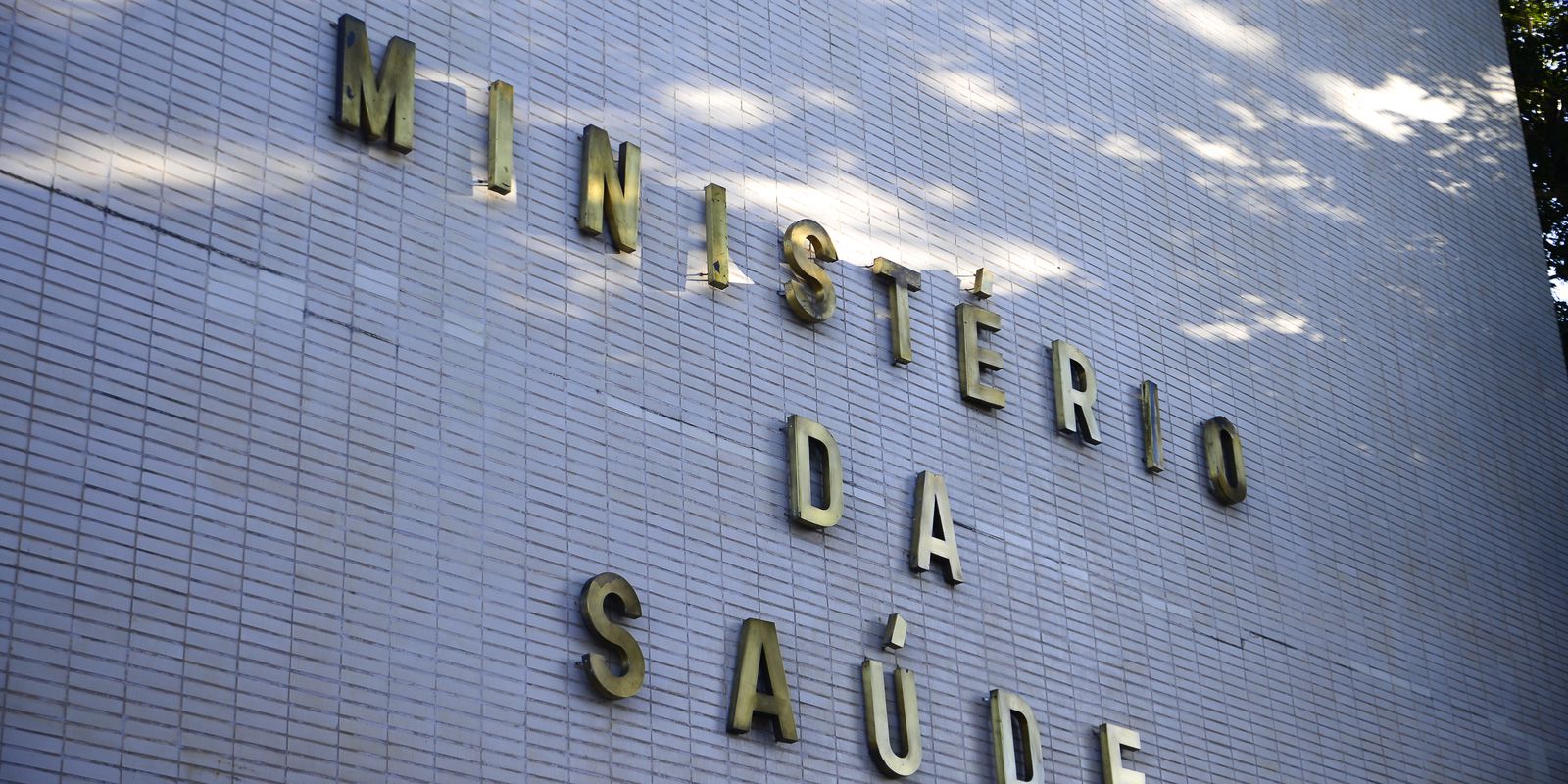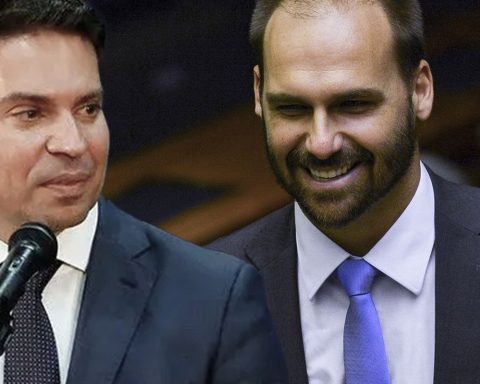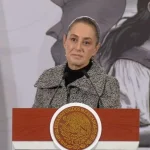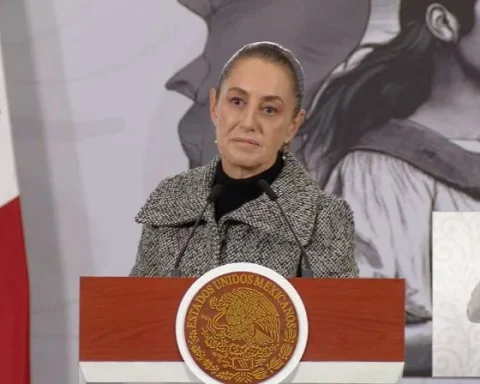Linked to the collection, the minimum spending on health and education determined by the Constitution will be reassessed, said this Thursday (30) the secretary of the National Treasury, Rogério Ceron. In an interview to explain the new fiscal framework, Ceron highlighted that any changes would occur through constitutional amendments and would take effect from 2025.
“We understand that there are criteria that can be better than mere indexing [em relação às receitas]”, said Ceron.
Last week, the Minister of Finance, Fernando Haddad, had stated that the new fiscal framework would bring a transition rule to replace losses with education and health after the approval of the spending ceiling. This transition would occur through a supplementary law, but Ceron affirmed the government’s willingness to review the rules established in the Constitution.
Currently, minimum spending on health and education is linked to federal revenue. The government is required to spend at least 15% of net current revenue on health and 18% of tax revenue on education.
According to the economic team, these floors create problems because total government spending is subject to a general rule, which was the spending ceiling and will be replaced by the new fiscal framework. In this way, if expenses with one of the two areas (education and health) grow more than the average expenses, a smaller slice is left for other types of expenses.
In the case of the new framework, if spending on health and education grows more than the locks 70% of revenue growth in 12 months previous years, the government will have to cut spending in other areas to meet the minimum limits.
According to Ceron, eventual changes in the floors with health and education will be discussed with the government sectors. The changes would occur through a Constitutional amendment and would be discussed throughout 2024 to come into force in 2025.
Binding
Before the spending ceiling, the values were defined according to the net current revenue of the federal government. After the cap, the minimum limits for health and education began to be adjusted annually by inflation according to the value implemented in 2016. The government understands that, as the new fiscal rule will annul the spending cap, as provided for in the constitutional amendment of the transition , the rule that was in force until the end of 2016 will again apply.
“The Constitution itself says that, as soon as the complementary law with the new fiscal framework comes into force, the transition will be automatically valid”, clarified Haddad.
investment floor
The Secretary of the Treasury clarified that the minimum limit for investments, foreseen in the new framework, would correspond to R$ 75 billion per year adjusted for inflation. According to Ceron, the investment floor (public works and purchase of equipment) would allow for the preservation of important expenses to guarantee economic growth.
“[Com o piso de investimentos]we have the guarantee that the adjustment will not be due to investment, which is the worst cut that exists, along with the cut in social spending”, declared Ceron.
















